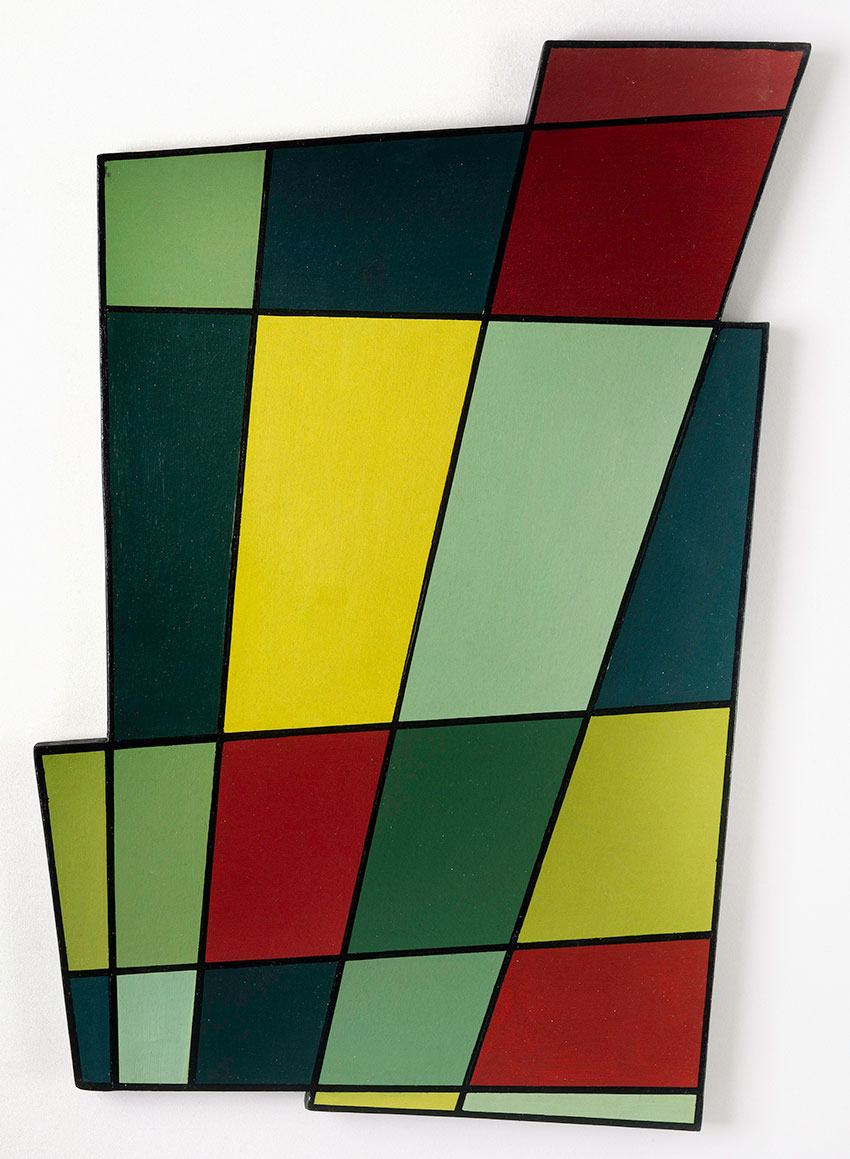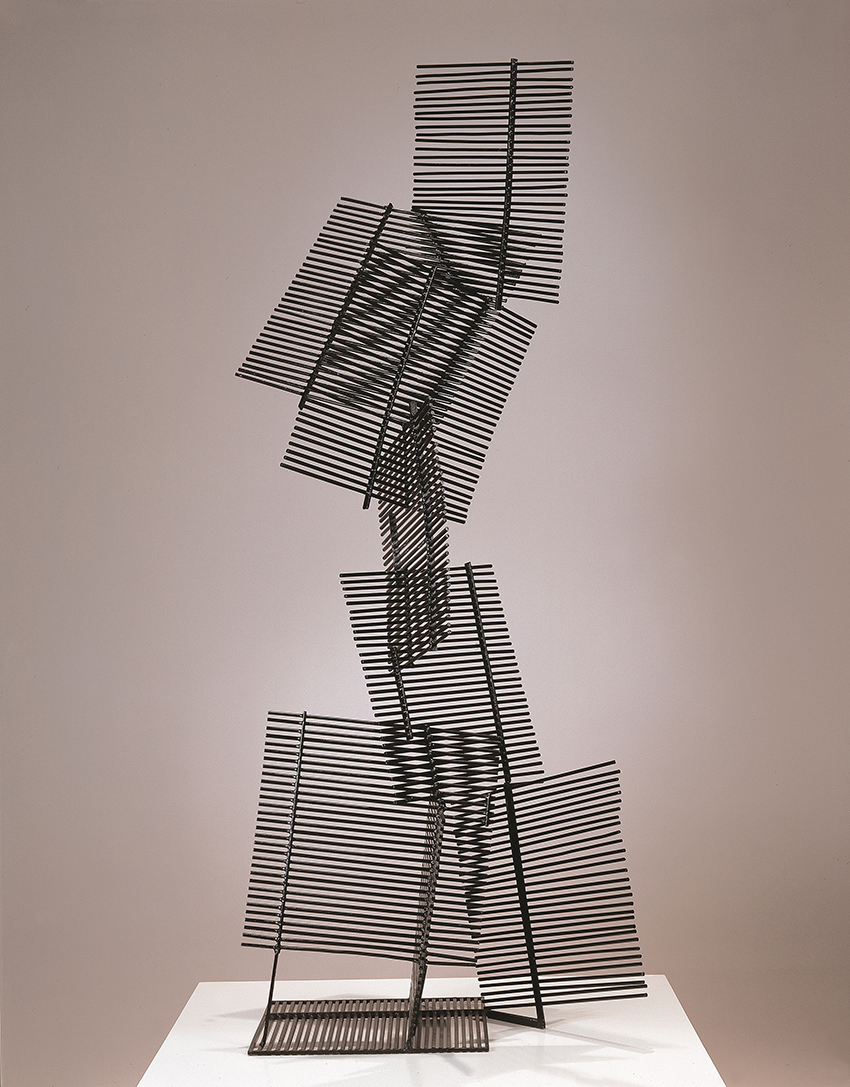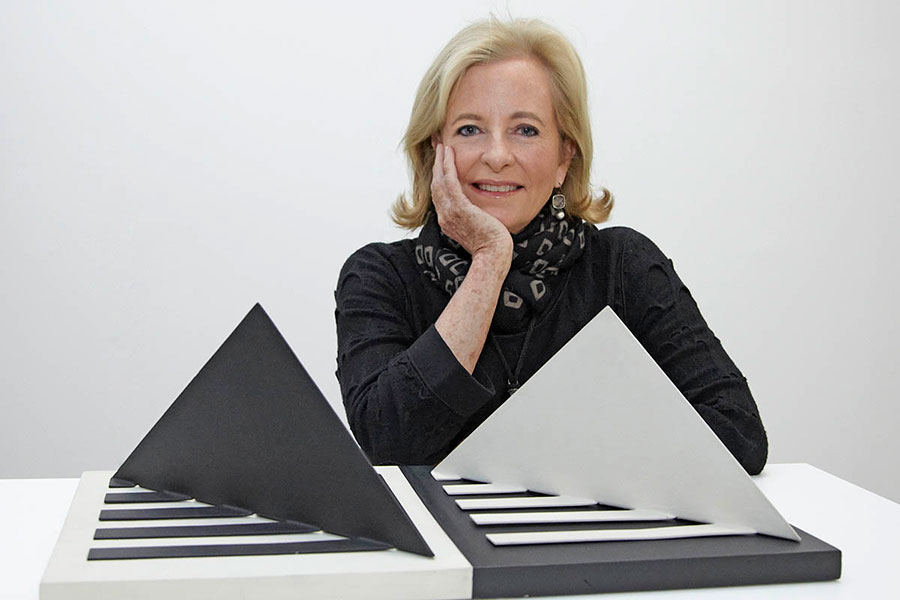The Cisneros gift to MoMA is New York’s most important Latin culture event in 2016. These events establish MoMA as arguably the world’s premier center of Latin American art.
The Cisneros gift to MoMA is New York’s most important Latin culture event in 2016
~ Keith Widyolar
Patricia Phelps de Cisneros is the great-granddaughter of William Henry Phelps (1875-1965), a Harvard-educated ornithologist who fell in love with Venezuela, married there, and became a successful businessman.
Ms. Phelps de Cisneros applied her great-grandfather’s passion and care for collecting to the art of Latin America after her marriage to Gustavo Cisneros in 1970. She began collecting abstract Latin American art at a time when few were paying attention. While the art world was focused on New York, Cisneros built one of the world’s preeminent collections of abstract Latin American art.
Cisneros has produced many exhibitions of the collection since 1999. It is now known as the Coleccíon Patricia Phelps de Cisneros (CPPC). The CPPC is best known for its Modernist geometric abstraction from Latin America, but also includes works by traveler artists in Latin America and the Caribbean, colonial art and furniture, and Amazonian artefacts made by Venezuela’s indigenous peoples.
Ms. Phelps de Cisneros spoke about the act of collecting, “It was really an act of love in all of this. We never set out to be a collection or to be collectors. As time passed we realized the responsibility that came with this.”
The energy and passion of Patricia Phelps de Cisneros in collecting and exhibiting art mirrors the energy and passion of Abby Aldrich Rockefeller, the central founder of MoMA.
The energy and passion of Patricia Phelps de Cisneros in collecting and exhibiting art mirrors the energy and passion of Abby Aldrich Rockefeller, the central founder of MoMA.
~ Keith Widyolar
Works from the Colección Patricia Phelps de Cisneros gift can be viewed online at MoMA.org.
Photo
In the photo Patricia Phelps de Cisneros and Glenn D. Lowry, Director, The Museum of Modern Art, stand next to Alejandro Otero, (Venezuelan, 1921–1990). Colored Lines on White Background. 1950. Oil on canvas, 51 1/4 × 38 1/4″ (130.2 × 97.2 cm). Courtesy of MoMA.
The art work is an interesting choice. Of course, the true meaning of art is in the eye of the beholder.
Latin Americans will recognize the shape of their continent. In the white background, Buddhists will recognize the “uncarved block,” a concept of infinite possibility. The scratched line from the northeast corner might represent Central America and the energy that flows through it.
We see the Latin American continent as if clawed by a panther. The blue scratches might represent the hopes of Latin Americans to create heaven on earth. The red scratches might represent the blood that is shed on useless and endless fighting. So we see a rich field of infinite possibility savaged by dispute.
The Significance of the Cisneros Gift and Institute
Keith Widyolar spoke with Luis Pérez-Oramas, Latin American Art Curator at MoMA.
What is the significance of this addition to the collection at MoMA?
We have known for a long time that MoMA has not had the opportunity to focus on these movements that represent the continuity of Constructivism and Objective Abstraction from the early avant-garde in Latin America. MoMA did not have the opportunity because there was no market for this art at the time when these artists were active in their countries. They were barely known in their countries and certainly not known at all internationally.
Patricia began collecting them since the 1970s when no one else was looking at these artists or these movements. She was able to gather a unique collection. She has been involved with MoMA since the 1980s. She is a trustee.
I had the privilege of working with her as her curator in Venezuela. Then I came to MoMA as an adjunct curator and became the curator at MoMA. I knew about the possibility of this link. Patricia was always clear about her willingness to inform this part of art history at MoMA. She has done that since the 1980s. She has been giving works from these movements and from other movements and trends in Latin America.
The opportunity was clear now that she accomplished with her collection, an unprecedented tour of exhibitions around Latin America and Europe. So the collection became a public achievement. We were privileged by getting some masterworks from this collection over the years. The moment was clear that these would help us fill in major gaps in our collection.
I think we can arguably say that now MoMA’s collection of Latin American art is the best in the world. It represents almost all the trends, movements, and major artists that were active in Latin America at least from the 1920s to today.
Thanks to this incredible gift, the goal is achieved.
Is this a collection that truly can’t be found anywhere else?
Probably, yes.
What will be the impact of the Cisneros Research Institute?
I want to stress the fact that you might find collections which focus nationally on this kind of art, but this is really unique in its transnational and continental dimension. You can’t find this collection anywhere else. Now it is at MoMA.
The Research Institute will give continuity to an initiative we launched at MoMA with the help of the Mellon Foundation five years ago that is called C-Map (Contemporary and Modern Art Perspectives). We have basically a continuous, ongoing study seminar focusing on three regions that we think historically MoMA has not paid enough attention to.
One region is Latin America. We know that there is a whole and long art history with Latin America. The other regions are Eastern Europe and Asia. The Cisneros Institute will embrace the Latin American part of this initiative and will expand that in several directions.
One is probably allowing us to have these conversations in an expanded period of time. Having fellows and specialists who come to MoMA and stay at MoMA to work with us in the understanding of the problems of this art.
The second is that the Cisneros Institute will promote an internal conversation about how to integrate these works into the general collection and to what extent this implies truly strategic modifications in the way MoMA presents Modern Art.
Then we hope to organize an annual conference that we expect will become the standard for where to get a sense of where the conversation is going on, but at the highest level academically and editorially. Then we will organize publications and seminars.
It is both the way the museum relates to the region, but also in the way the museum relates to its own history and its own collection vis-a-vis this new addition. It’s like a chessboard, a movement that changes everything. This is a jump, and not a single movement.
Is there anything special about the timing of this gift?
The timing is important because MoMA is facing a new expansion. There are a whole series of conversations within the museum about what this moment means in terms of rethinking the history of Modern Art and re-presenting the narratives that a museum creates through its collections. It is a very timely gift.



